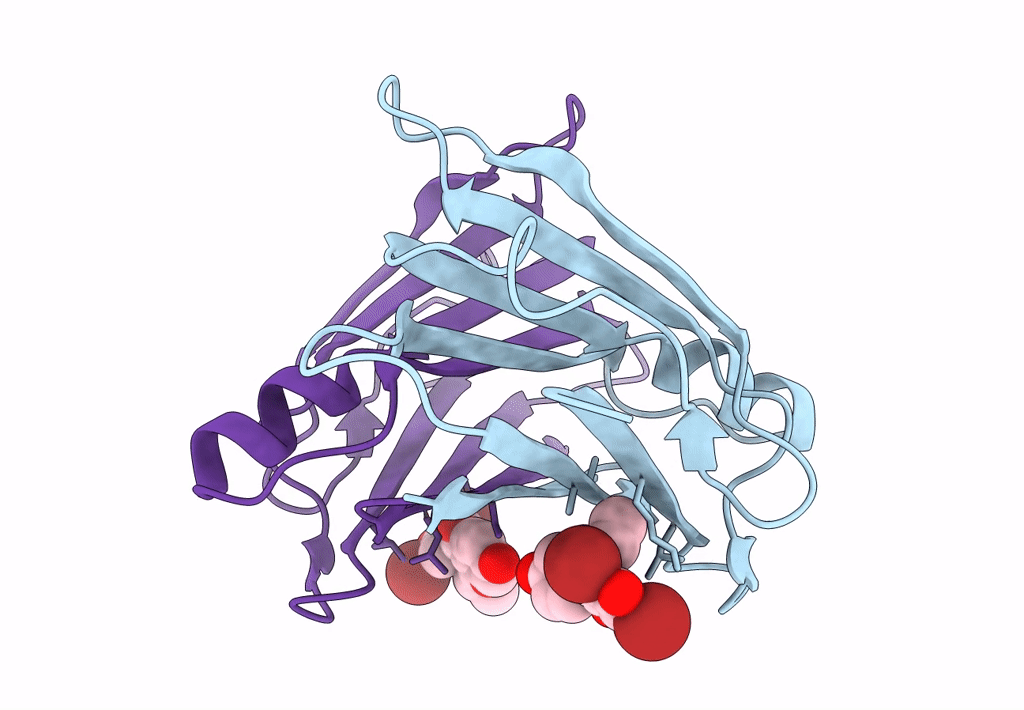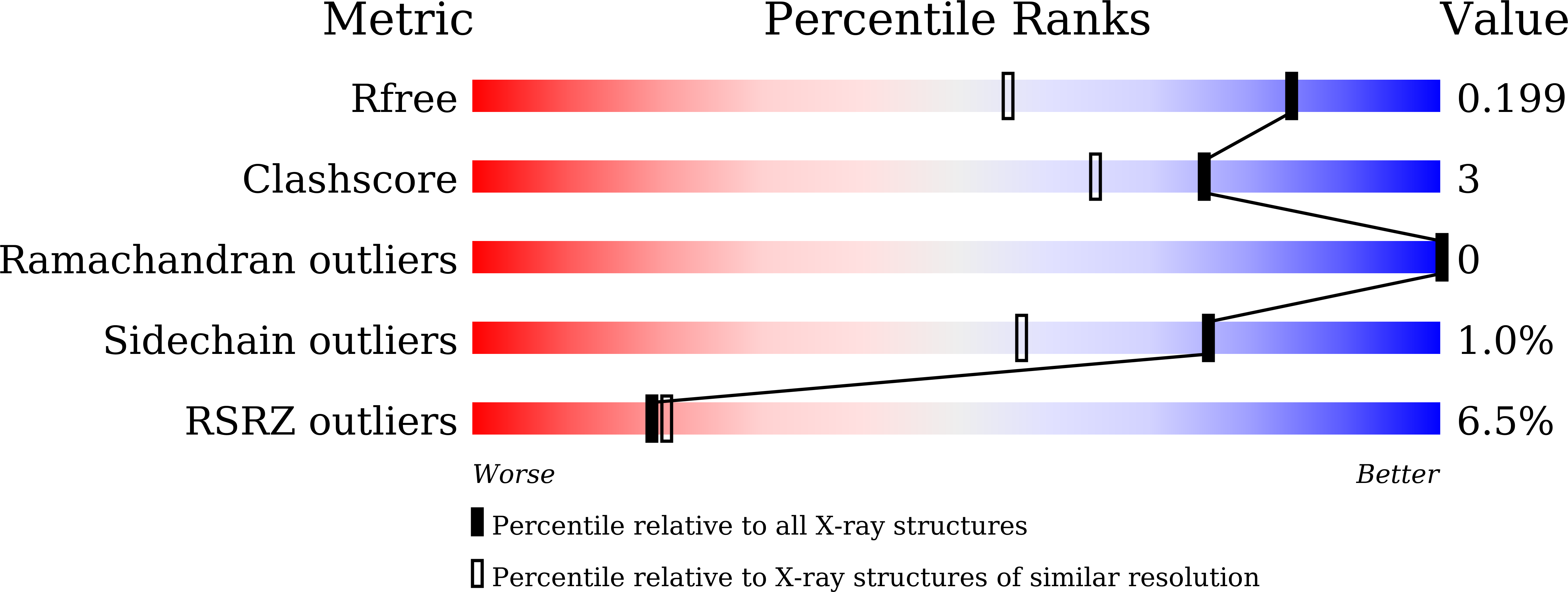
Deposition Date
2023-02-24
Release Date
2023-06-28
Last Version Date
2024-05-29
Entry Detail
PDB ID:
8II4
Keywords:
Title:
Crystal structure of V30M-TTR in complex with 6-hydroxy BBM
Biological Source:
Source Organism:
Homo sapiens (Taxon ID: 9606)
Host Organism:
Method Details:
Experimental Method:
Resolution:
1.50 Å
R-Value Free:
0.19
R-Value Work:
0.18
R-Value Observed:
0.18
Space Group:
P 21 21 2


